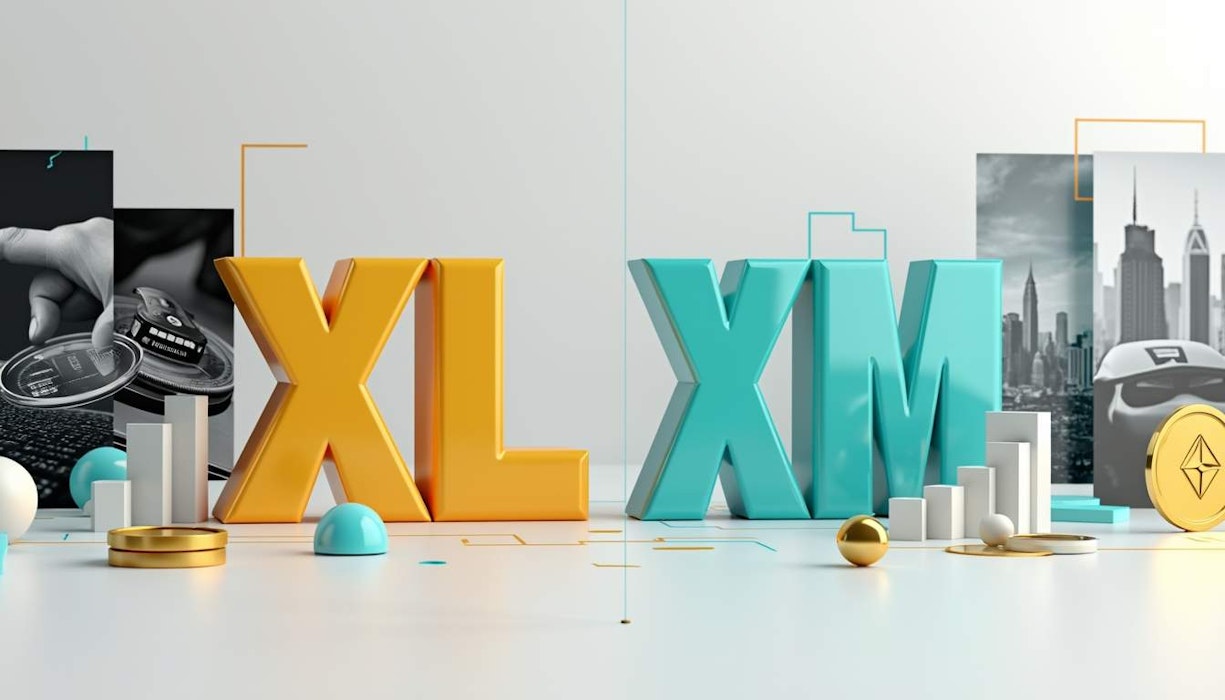I’ve been diving deep into the crypto rabbit hole lately, and two names keep popping up: XRP and XLM. Both have their fair share of supporters and detractors, but I wanted to take a closer look at them myself. So here’s my breakdown of both cryptocurrencies, their recent performances, and what might be in store for the future.
The Basics: What Are They?
First off, let’s get some definitions out of the way. XRP was created by Ripple Labs and is designed to make cross-border payments faster and cheaper. It’s gained a lot of traction with banks and financial institutions that want to streamline their processes.
On the flip side, we have XLM, which was developed by the Stellar Development Foundation. Its main aim is to promote financial inclusion by providing low-cost services to individuals and small businesses, especially in developing countries.
Recent Performance on Top Cryptocurrency Exchanges
Now onto the juicy stuff—performance. XRP has had a pretty solid run lately. It jumped from around $0.49 to $1.46 in November alone—a nearly 200% increase! At its peak, it was up over 230% from its lows earlier this year.
XLM? Well, it’s a different story for that one. It skyrocketed from about $0.08952 to $0.5242 in just three weeks! That’s a staggering 450% increase during that short time frame! It even moved up from being ranked 30th to 13th in terms of market cap.
So yeah, both have performed well recently but XLM's short-term gains are turning more heads right now.
The Tech Behind Them
When it comes to technology, XRP has built its foundation on RippleNet—a decentralized network made for real-time cross-border payments. The speed, scalability, and low costs associated with it are hard to beat if you're a bank looking for solutions.
XLM takes a different approach though; its focus is on individual transactions aimed at financial inclusion through the Stellar network. While both networks are solid in their own right, they serve different purposes.
Regulatory Hurdles
One big factor affecting these cryptocurrencies is regulation. XRP has been embroiled in legal battles with the SEC over whether it's an unregistered security or not (spoiler: it probably isn't). This has led some exchanges to delist it temporarily but despite all that noise it's still widely used by banks.
XLM seems to have had smoother sailing on that front which could make it more appealing for those wary of regulatory storms.
Summary: Which One Should You Pick?
So where does that leave us? If you’re looking for something with potentially less risk due to regulatory issues maybe go with XLM since it's clearer status as non-security. But if you want something that's already ingrained itself into traditional finance systems then perhaps XRP is your best bet.
As always do your own research before making any investments!
